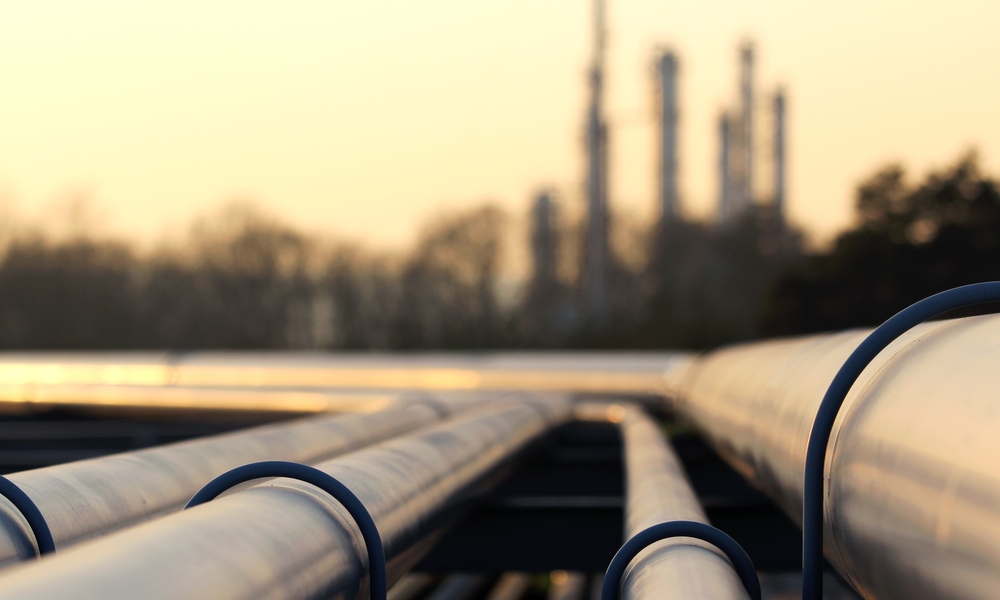Many industrial processes require an oxygen-deficient environment for safety, quality control, and to prevent damage from oxidation. This is where nitrogen plant purging services come in: to routinely “cleanse” pipes and other systems of oxygen and moisture.
The process of nitrogen purging varies greatly depending on the worksite and scope of the project. The procedure typically involves assessing the scope of work, completing a job-specific execution plan to establish the time frame, and communicating with all appropriate people to ensure a smooth process.
There are many safety concerns and risks to consider with nitrogen purging. For this reason, nitrogen plant purging must only be performed by a qualified industrial nitrogen supplier.
What is nitrogen purging?
Nitrogen purging is the process of displacing hazardous or unwanted gases and other impurities to create an inert atmosphere. When undesirable gases are present, industrial processes can be greatly affected, including:
- Decreasing the quality of the final product
- Chemical alteration of products
- Moisture-related damage to equipment
- Dangerous combustion that can cause injury or death
While other types of gases can be used, nitrogen is a preferred choice due to its high purity levels and efficacy. Nitrogen is non-combustible, dry, and can quickly displace moisture and oxygen. For industries where the contamination of hazardous gases is possible, routine nitrogen purging is crucial.
How the nitrogen purging process works
Depending on the requirements of the job, nitrogen may be used at either high or low pressures. Nitrogen should be at a steady, continuous flow which is where the use of a nitrogen generator is especially beneficial.
Mobile nitrogen generation achieves up to 99.9% purity levels and eliminates the need for nitrogen tanks, which can be costly and dangerous. Delivering nitrogen vessels to the job site requires complex logistics, more trucks on the road, additional people to transport, and an extensive amount of energy to produce and convert to gas.
Onsite nitrogen provides instant access to nitrogen, which helps reduce operational costs and increases productivity due to less wasted time from waiting on deliveries. Furthermore, the process has a better carbon footprint than the traditional way of delivering nitrogen vessels and eliminates supply chain issues.
Contact us to learn more about onsite nitrogen generation for your specific worksite or project.


